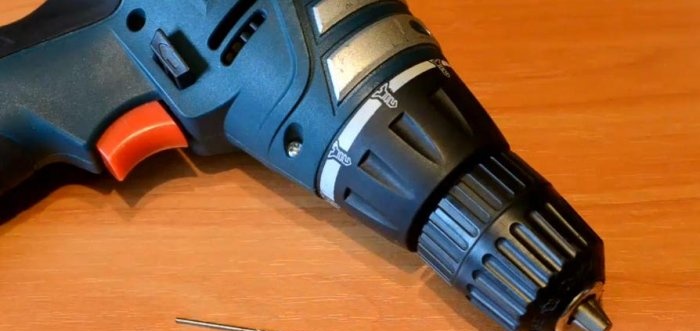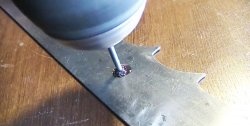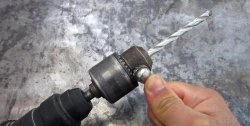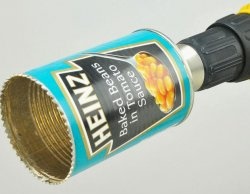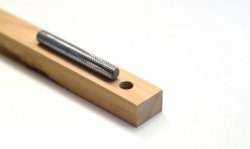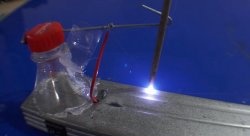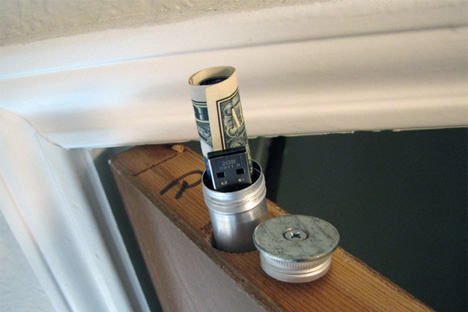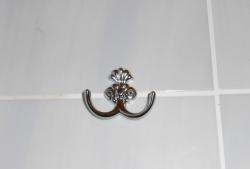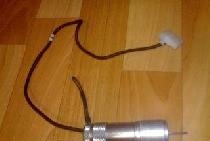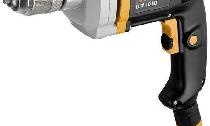There is a great need to drill a hole of a small diameter, for example, in a circuit board for radio elements or somewhere else. For this, a screwdriver is usually used. And if you decide to clamp a thin drill in his cartridge, then it will work out. Anyone who has come across this will understand me.
The fact is that the clamping jaws of any drill or screwdriver have an initial clearance, which cannot be reduced even with the strongest tightening. In addition, such a gap increases if the tool is often used and if your tool is more than one year old, and as a result, the gap distance can reach 1-3 mm.
The classic way out of this situation is to use a special drill with a collet chuck. Which is designed to install small diameter drills in it.
But what if this is not at hand? How to fix a miniature drill, so that it does not give a beating during drilling?
The way out of this situation is quite simple.
Will need
- Copper wire 0.2-0.8 mm thick.
- A miniature drill to be used.
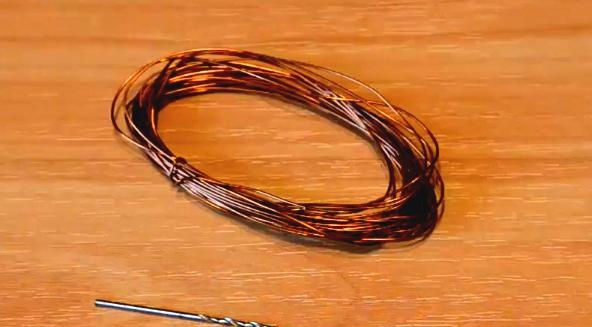
If there is no wire, you can use single or multi-core wire. To do this, remove the insulation from it and select the lived with a suitable diameter.
A way to fix a thin drill in a chuck of a screwdriver or drill
We take the wire and wind it tightly round to round on the tail of the drill, which will be clamped.
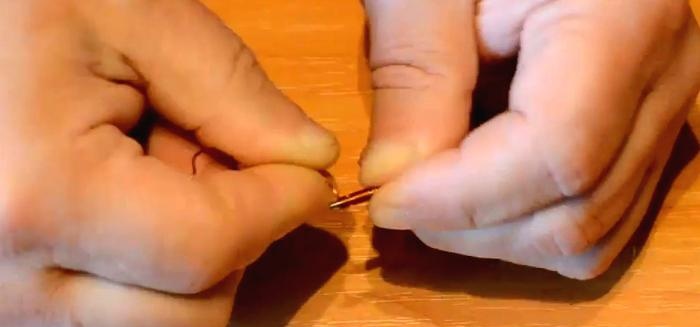
Wound, and bite off excess with nippers.
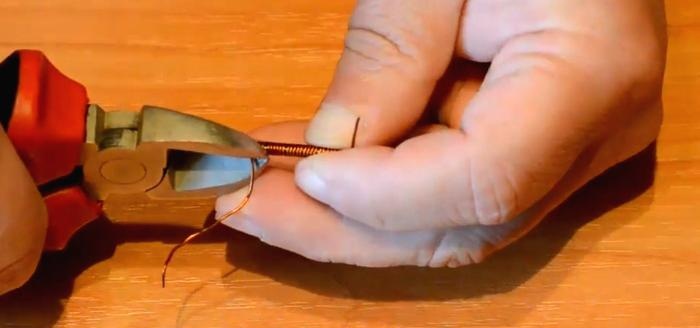
The drill is prepared for drilling. Thanks to the layer of wound wire, the clamping diameter of the drill bit increased evenly.
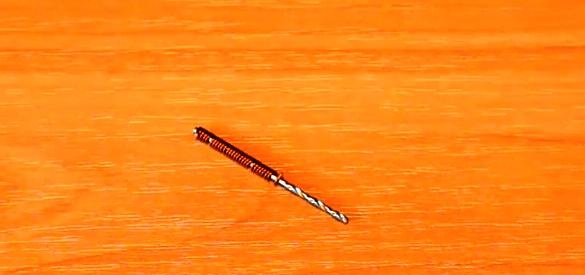
We clamp in the chuck of a drill or screwdriver. It’s not worth dragging heavily.
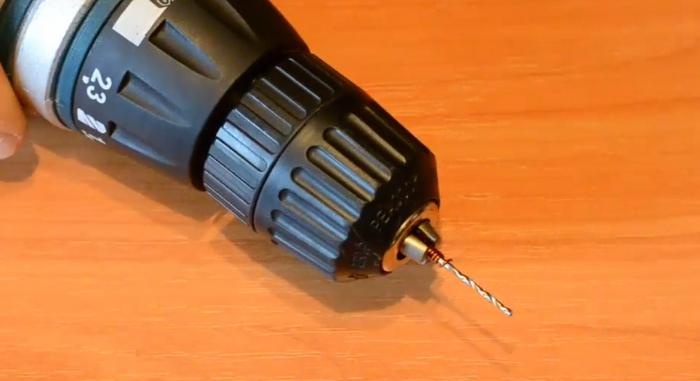
We drill a hole in the circuit board, metal, and wherever we want. Drilling is going well, strong beats are absent.
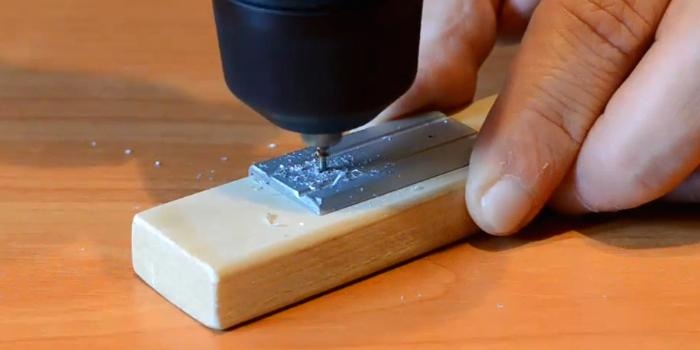
In this way, thin drills from 1 mm somewhere up to 0.2 mm can be used.
This trick will help you out in a difficult situation. See you soon!
